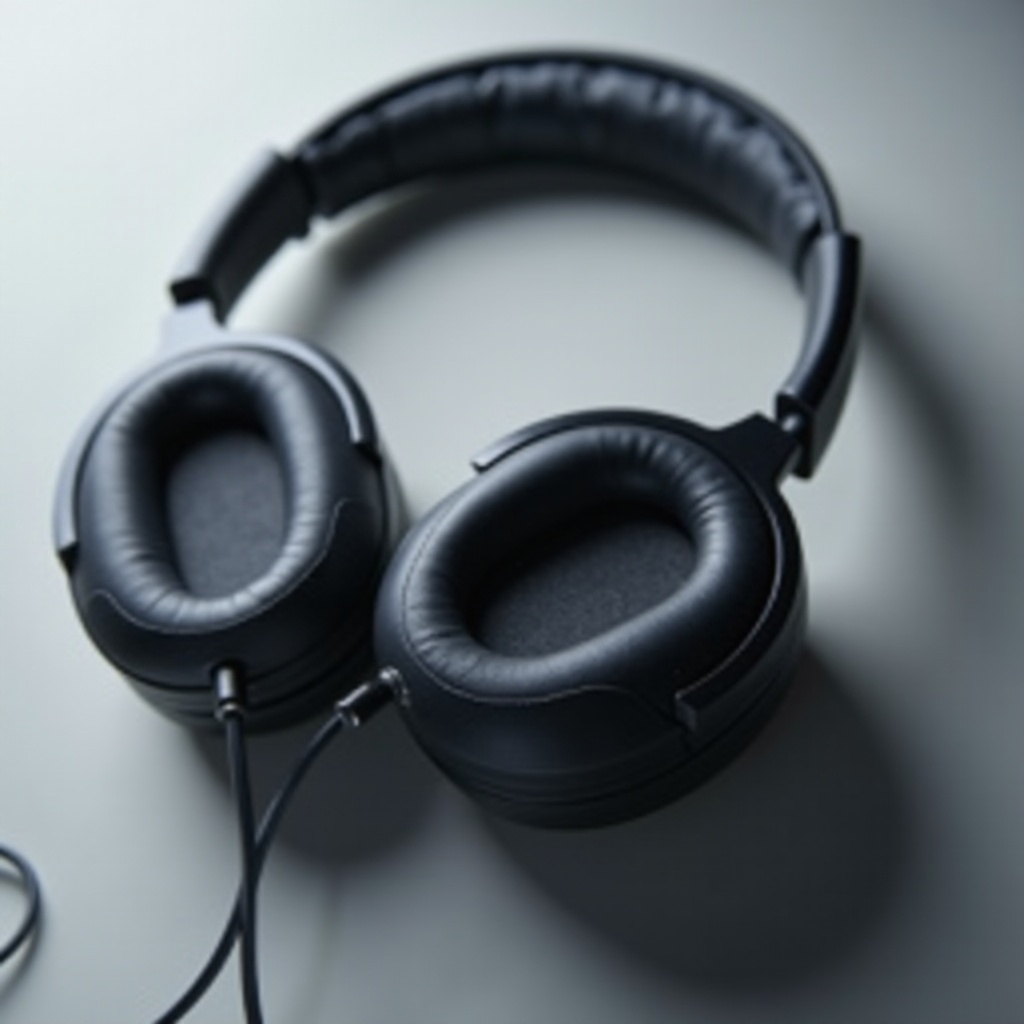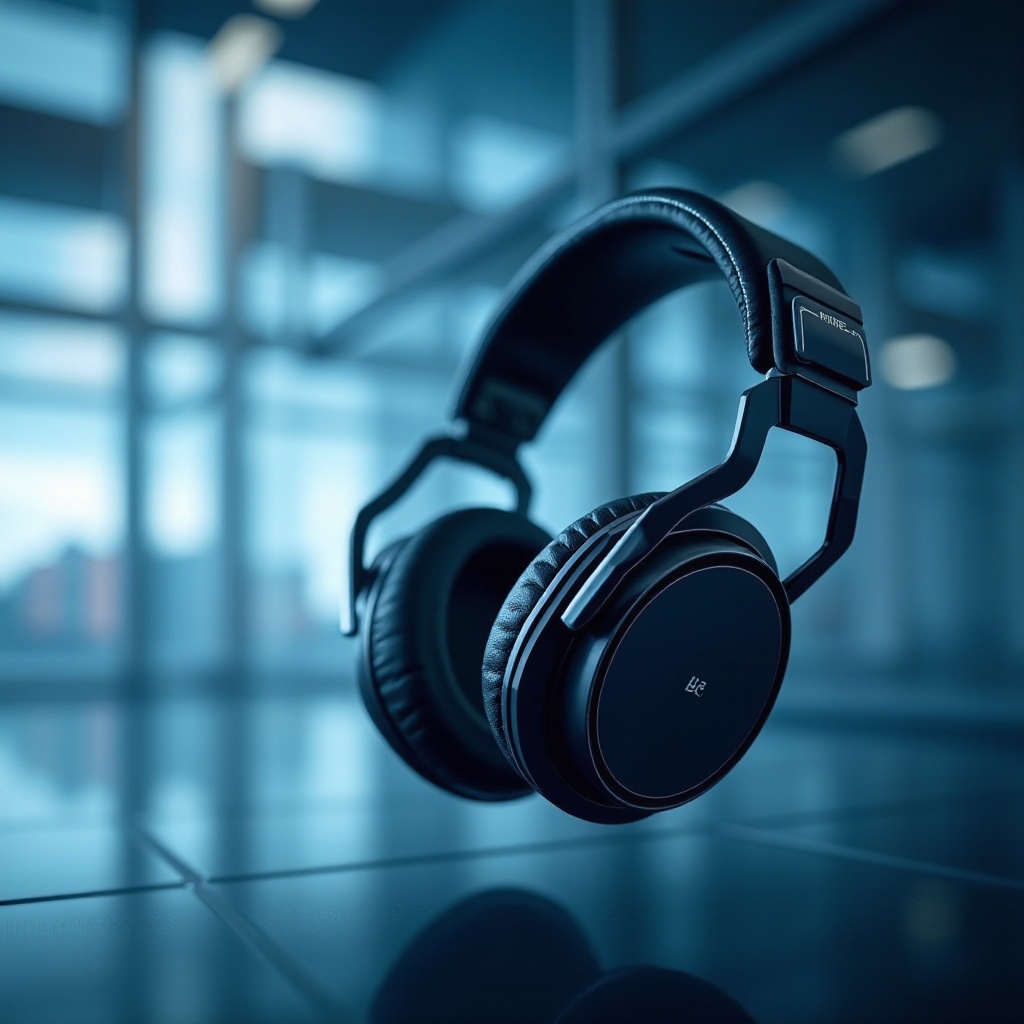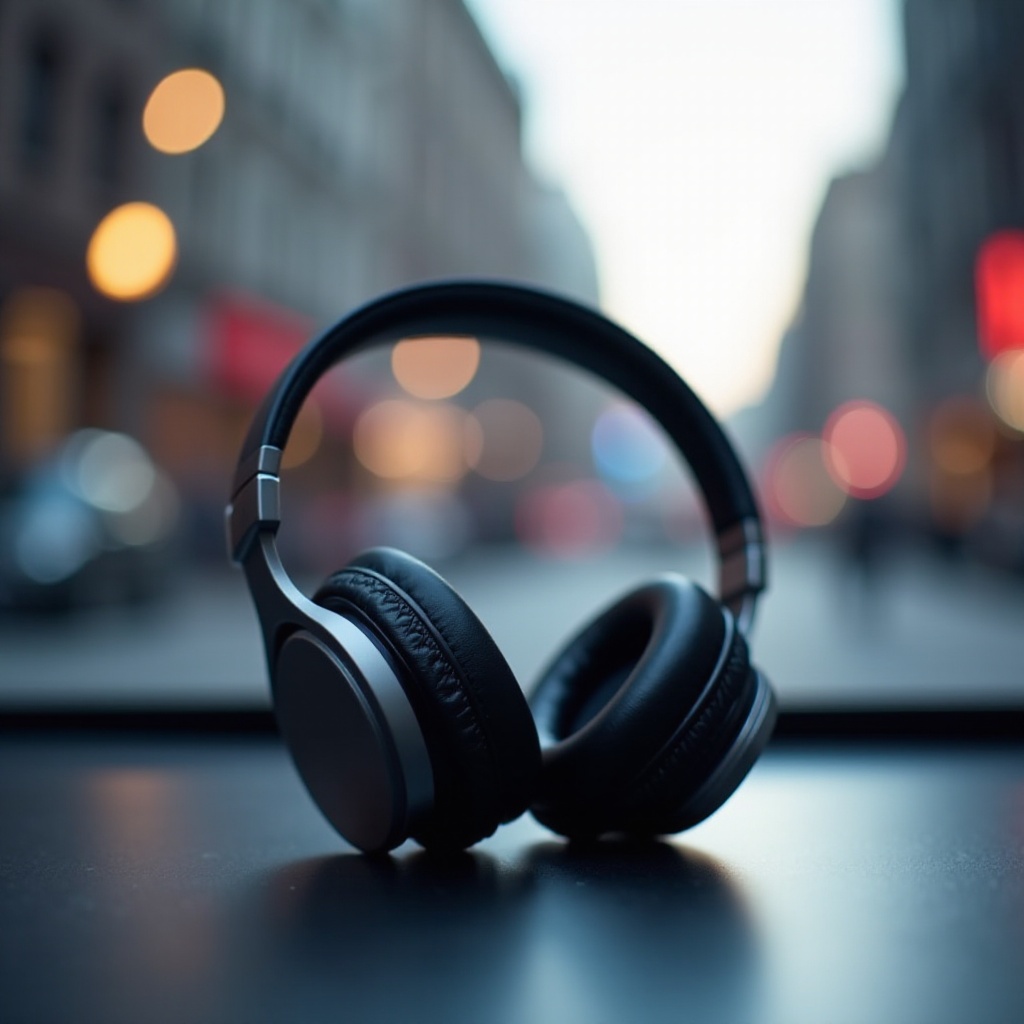Introduction
Active Noise Cancellation (ANC) has reshaped our audio experiences with headphones, giving us a tool to immerse in music, dialogues, or simple tranquility without external disturbances. As this technology becomes an industry standard, grasping its mechanics and benefits is essential for making informed buying choices.
ANC headphones employ advanced electronics to neutralize surrounding noise, providing a serene auditory environment. But what is this technological marvel, and how does it operate? This article delves into ANC’s workings, its types, and advantages, guiding you in choosing the ideal headphones for your situation.

What is Active Noise Cancellation?
Active Noise Cancellation is a sophisticated technology that reduces ambient sounds using electronic signals rather than mere physical barriers. It is not merely about blocking noise; it effectively cancels it with the use of counteracting sound waves. Here’s how it works: tiny microphones on the headphones capture external sounds, and the system produces opposing sound waves, neutralizing the noise.
Unlike passive noise isolation—achieved by physical cushioning around the ears—ANC actively uses technology. This makes a significant difference, especially for those frequently in noisy surroundings such as travelers and commuters, who benefit most from the quieter listening experience ANC headphones provide.

How Does ANC Work?
ANC technology is remarkably intricate yet efficient. It involves several core components, primarily focusing on the microphone array both externally or internally on the headphone earcups. These microphones continuously pick up environmental noises, and the headphone immediately processes and generates an opposite sound wave to cancel out these ambient sounds.
Let’s break down the ANC process:
1. Detection: The headphones’ external microphones detect ambient sounds.
2. Analysis: The internal processors analyze the sound wave characteristics.
3. Counteraction: Headphones emit an anti-noise wave that neutralizes the unwanted sound.
Though ANC doesn’t eliminate all sounds, it excels at reducing lower-frequency noises, such as engine hums or city traffic, significantly enhancing the quiet experience for users.
Types of Active Noise Cancellation
Not all ANC headphones achieve noise cancellation in the same way. There are three primary types, each offering distinct benefits.
-
Feedforward ANC: This uses outward-facing microphones to detect and cancel noises before they reach your ears. It is particularly effective at blocking higher-pitched sounds.
-
Feedback ANC: In this setup, the microphone is inside the ear cup, reacting to sounds as heard by the user, thereby adapting to different frequencies more flexibly.
-
Hybrid ANC: Combining feedforward and feedback technologies, hybrid ANC utilizes microphones inside and outside the ear cups. This approach offers comprehensive noise reduction across a wide range of frequencies.
Choosing between these types depends largely on where and how you use your headphones. For varied environments, hybrid ANC is often the most versatile choice.
Advantages of Using ANC Headphones
ANC headphones deliver several compelling benefits that enhance the overall auditory experience.
-
Enhanced Focus: By cutting out distracting ambient noise, ANC headphones enable concentrated listening, making them ideal for work or study.
-
Superior Audio Quality: Enjoy richer audio without interference, with details and clarity significantly improved.
-
Reduced Ear Fatigue: With external noise diminished, listening at lower, safer volumes becomes possible, reducing ear strain over time.
-
Travel and Commute Comfort: Ideal for travelers, ANC minimizes engine roars and general hustle, creating more peaceful journeys.
These features make ANC headphones a powerful tool for those who value sound quality and peace in various environments.
Choosing the Best ANC Headphones for Your Needs
When selecting ANC headphones, consider these critical elements:
-
Sound Quality: Ensure audio balance aligns with your preference, whether more bass-heavy or neutral.
-
Comfort and Fit: Look for ergonomically designed headphones with adjustable bands and cushioned ear cups for long-term comfort.
-
Battery Life: As ANC requires additional power, choose headphones that offer extended battery life.
-
Portability: If frequently traveling, opt for foldable models for convenient storage.
-
Budget: Determine your price range, as premium models often feature advanced technology and superior performance.
For 2024, top contenders such as Sony, Bose, and Sennheiser stand out for their innovation, comfort, and high-performance ANC technology.

Tips for Getting the Most Out of Your ANC Headphones
Maximize your ANC experience by:
- Adjusting settings according to your surroundings. Many models offer customizable ANC levels.
- Keeping your headphones clean and dry to ensure longevity and quality performance.
- Checking for firmware updates that might enhance functionality or add new features.
With these tips, your ANC headphones can maintain excellent sound quality and stay in prime condition.
Conclusion
Active Noise Cancellation in headphones marks a significant evolution in personal audio, offering peaceful listening experiences in various environments. By understanding the different styles, benefits, and considerations for purchasing, you can choose the perfect pair to enhance your audio journey. Embrace ANC technology and transform how you hear the world.
Frequently Asked Questions
What is the difference between ANC and passive noise cancellation?
ANC uses electronic signals to cancel noise, while passive noise cancellation relies on physical barriers to block sound.
Can ANC headphones completely eliminate all external noise?
No, while ANC significantly reduces lower-frequency noises, some higher frequencies may still be audible at reduced levels.
Are ANC headphones safe for regular use?
Yes, as long as you keep the volume at safe levels, ANC headphones are safe and help reduce the need for higher volumes.
